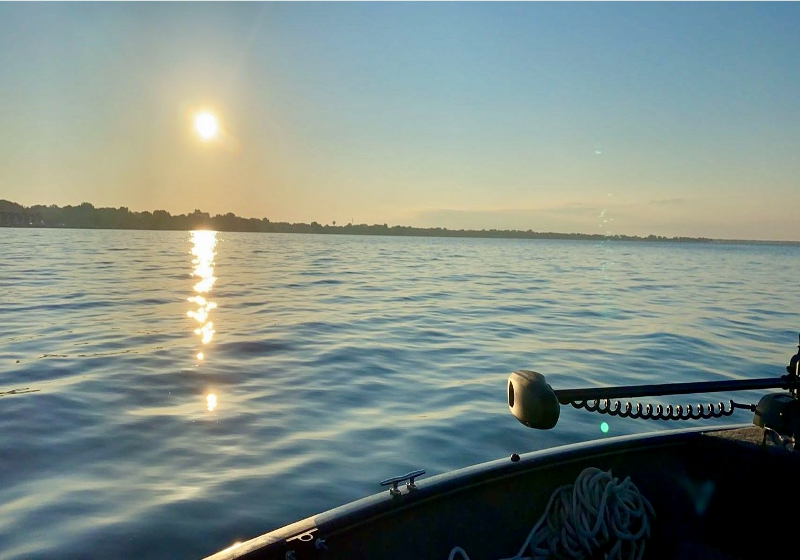
How does barometric pressure affect bass fishing? For bass anglers understanding how barometric pressure affects bass fishing can mean the difference between a successful day and not. Barometric pressure, also known as atmospheric pressure, plays a crucial role in influencing fish behavior. Angler’s success can be determined based on barometric pressure.
We will cover what barometric pressure is, how it affects fishing, and provide valuable insights. Additionally, anglers looking to harness its power to their advantage will learn what kind of fishing bait to use.
What is Barometric Pressure
Barometric pressure refers to the weight of the atmosphere pressing down on the Earth’s surface at any given time. It is measured in inches of mercury (inHg) or millibars (mb), with standard atmospheric pressure at sea level typically around 29.92 inHg (1013.25 mb). Barometric pressure fluctuates constantly due to changes in weather patterns, temperature, and altitude.
What Causes Barometric Pressure to Increase and Decrease
Barometric pressure increases or decreases primarily due to changes in weather systems. High-pressure systems, such as anticyclones or high-pressure ridges, typically bring clear skies, calm winds, and stable weather conditions. These conditions result in higher barometric pressure readings, which can affect fishing.
Conversely, low-pressure systems such as cyclones or frontal boundaries, often bring cloudy skies, precipitation, and unstable weather conditions. Weather conditions such as these lead to lower barometric pressure readings.
How High Barometric Pressure Affects Fish Behavior
During periods of high barometric pressure, such as when a high-pressure system or anticyclone dominates the weather, the bass fishing bite may become slow or nonexistent. Barometric pressure directly impacts the gas-filled swim bladder of fish, which helps them maintain buoyancy and regulate their position in the water column.
In response, fish may become lethargic, seek shelter in deeper water or cover, or change their feeding patterns. Fish may still feed during high-pressure systems. However, they are likely to be less aggressive and selective in their feeding behavior.
How Fishing is Affected by Low Barometric Pressure
During periods of low barometric pressure, such as when a low-pressure system or frontal boundary approaches, bass may become more active and aggressive. The decreased pressure on their swim bladders provides relief, leading to increased activity and feeding behavior. Bass may move shallower and become more willing to chase and strike lures or bait.
Ideal Barometric Pressure Range For Bass Fishing
The ideal barometric pressure range typically falls within the 29.80 to 30.30 inHg for bass fishing. It’s essential to note that bass can still be caught outside this range. Anglers may need to adjust their techniques and strategies accordingly. Study the projected weather conditions and barometric pressure for days planned to fish to understand what to expect. Expect an awesome bass fishing experience when ideal barometric pressure is present.
Fishing Strategies For Barometric Pressure
As fishermen ask, “How does barometric pressure affect bass fishing,” they need to understand specific strategies. To maximize success when bass fishing, anglers must adapt their strategies to match the prevailing barometric conditions. During periods of high pressure, focus on fishing deeper water, slower presentations, and finesse techniques. Experiment with lures and baits that mimic natural prey and offer a subtle, realistic presentation.
During periods of low pressure, target shallower water, increase your retrieve speed, and use lures or baits that create action. Select baits and lures with a lot of vibration and noise to trigger strikes.
Fishing Baits Based on Barometric Pressure
When it comes to fishing success, selecting the right soft plastic baits can make all the difference, especially when fishing under varying barometric pressure conditions. Let’s explore the best soft plastic baits to use during high and low barometric pressure, providing anglers with valuable insights for maximizing their chances of landing trophy fish.
Soft Plastic Baits For High Barometric Pressure
During periods of high barometric pressure, fish may become less active and more selective in their feeding behavior. As a result, anglers should opt for finesse-style soft plastic baits that offer a natural, subtle presentation to entice wary fish. Here are some top baits for high barometric pressure.
Finesse Fishing Worms
Finesse Arrow Worms are excellent choices for fishing under high-pressure conditions. Rigged on a shaky head or with a light Texas or Neko rig, finesse worms exhibit a subtle, lifelike action that can tempt even the most reluctant bass.
Ned Rig Fishing Baits
The R.A. Ned, or similar, is perfect for fishing in high-pressure situations. The small profile and slow, methodical presentation of Ned rig bait appeal to bass in a wide range of conditions, making them ideal for finicky fish.
Drop Shot Fishing Baits
Drop shot baits, such as small finesse worms or minnow-style baits, excel in clear water and when fish are holding in deeper areas. The natural movement and suspended presentation of drop shot baits can trigger strikes from bass that are reluctant to chase.
Soft Plastic Baits For Low Barometric Pressure
During periods of low barometric pressure, fish may become more active and aggressive, making it the perfect time to employ larger, more aggressive soft plastic baits. Here are some top fishing bait choices for low barometric pressure.
Creature Baits
Creature baits, like the Zeke Craw or Rocket Bug, are excellent choices for fishing under low-pressure conditions. The bulky profile and erratic action of creature baits can trigger reaction strikes from bass, enticing them to strike out of aggression.
Bladed Jig Trailers
Soft plastic trailers like the 740 StriKer bait, are perfect for adding action and attraction to bladed jigs. During low-pressure conditions, bass may be more willing to chase fast-moving lures, making bladed jigs with soft plastic trailers an excellent choice.
Swimbaits
Soft plastic swimbaits, such as the Ninja Kicker, paddle tails, or flukes, are highly effective for covering water and targeting actively feeding bass. Rigged on a weighted swimbait hook or jighead, swimbaits offer a realistic swimming action that bass find irresistible.
How Does Barometric Pressure Affect Bass Fishing Conclusion
By selecting the right soft plastic baits to match the prevailing barometric pressure conditions, anglers can increase their chances of success on the water and land more trophy fish. Whether fishing under high pressure or low pressure, having a selection of finesse-style and aggressive soft plastic baits in your tackle box ensures you’ll be prepared to adapt to changing conditions and capitalize on the feeding behavior of fish. So, the next time you head out for a day of fishing, consider the barometric pressure and choose your soft plastic baits accordingly to unlock the secrets of fishing success.
